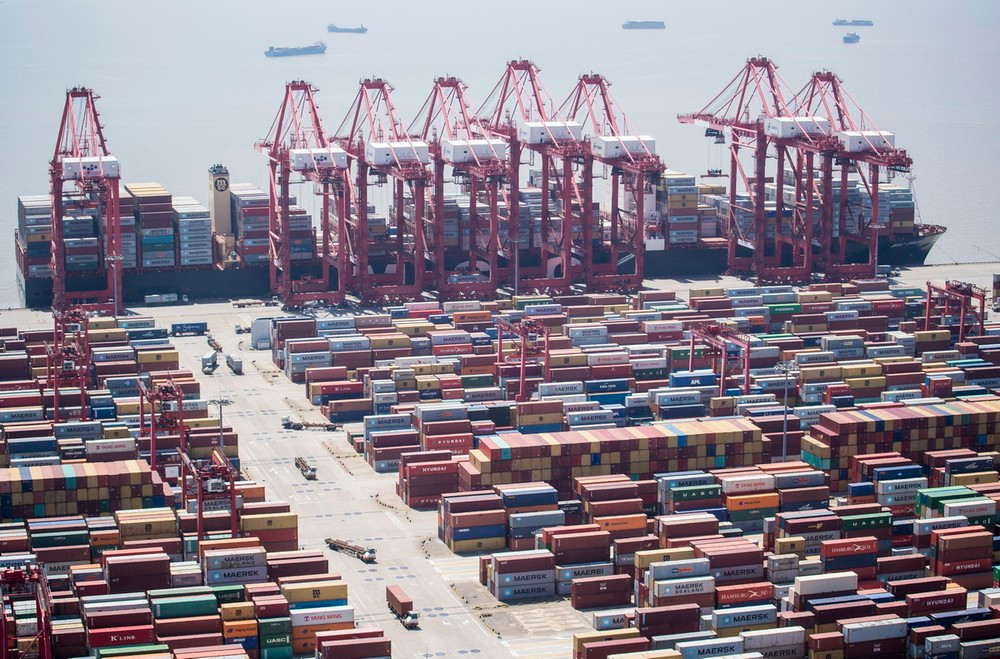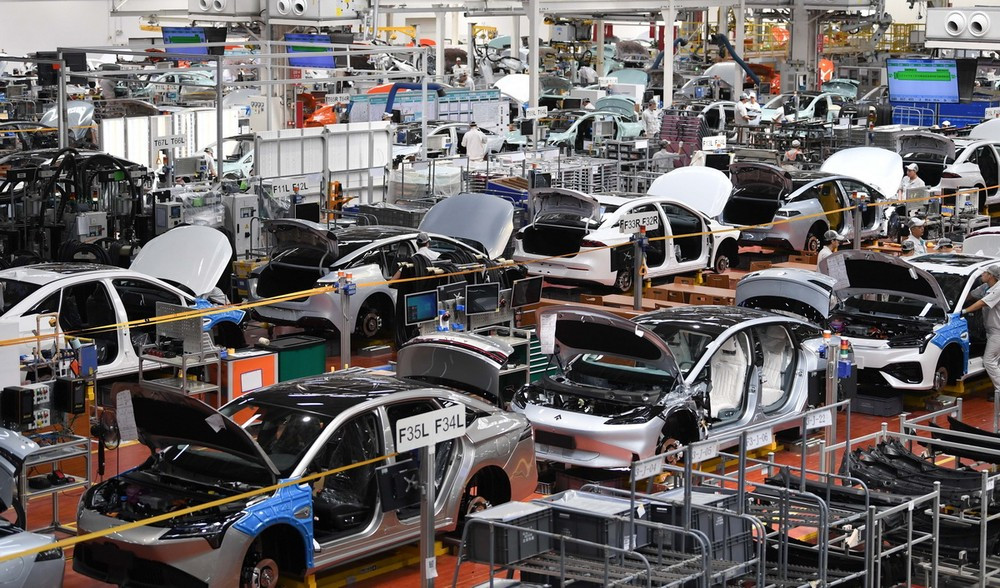While exports continued to benefit from the recovery in global trade, China's import sector continued to record persistent weakness due to weak domestic demand.

According to a report by the Economist Intelligence Unit (EIU) of The Economist media group (UK), customs data released on June 7 showed that in May, China's exports increased sharply by 7.6% year-on-year compared to the previous month.
This figure far exceeded import growth of only 1.8%, compared to 8.4% in the same period.
The EIU said the imbalance in the Chinese economy is growing.
While exports continue to benefit from the recovery in global trade, especially as China’s industrial overcapacity has encouraged companies to look abroad for markets, persistent weakness in imports continues to expose problems related to China’s slowing domestic demand.
The data is consistent with recent regional trade trends and suggests China's export outlook will improve by 2024, driven by rising global demand.
China's international trade balance contributed positively to real gross domestic product (GDP) growth this year, reversing the drag recorded in 2023, when merchandise exports underwent a severe adjustment due to the COVID-19 pandemic.
China's export growth was mainly driven by exports to the Association of Southeast Asian Nations (ASEAN) (22.5%) and Latin America (18.9%), significantly overshadowing weak export growth to the US (3.6%) and the European Union (-1%).
Although the US and European Union (EU) markets remain the priority destinations for Chinese businesses, accounting for 14% and 14.6% of the value of exports in USD terms in the first five months of 2024, ASEAN (16.9%) is now the country's largest overseas market, with Latin America (7.6%) gradually catching up.
These dynamics largely reflect transshipment activities and supply chain restructuring, as Chinese investors have moved to these areas in recent years to avoid tariffs but still maintain access to the US market.
China's exports to Russia fell 2% in May, continuing a downward trend that began in March. However, the rate of decline has narrowed, suggesting that China-Russia trade relations will continue to grow in 2024-2028.

Still, there are some signs that China’s recent trade patterns are deteriorating. Growth in auto exports, a key driver of trade growth in recent quarters, slowed to 16.6% in May from a year earlier, reflecting worsening congestion at European ports and shrinking global container capacity.
By export category, strong growth in goods flows was recorded in the semiconductor sector (28.5%), reflecting the upturn in the global electronics cycle.
Imports of semiconductors (17.3%) and automatic data processing equipment (64.5%) were also higher this month, reflecting both demand tied to China's self-sufficient design in semiconductor (chip) fabrication and stability in domestic consumer electronics demand.
Other import categories paint a more worrying picture of domestic demand in Asia's largest power.
Compared to the same period in 2023, the import volume of key commodities such as iron ore (6.1%) and coal (10.7%) far exceeded crude oil (-8.7%) and copper (-11.5%).
These differences highlight mixed performance in the industrial sector, as well as a pessimistic outlook for China's ongoing housing crisis.
The prospect of an EU tariff hike on Chinese electric vehicles, due to be announced on July 4, could boost exports slightly in June.
Similar considerations could also bolster exports to the US ahead of the country's new tariff rules coming into effect on August 1.
However, the restructuring of China's trade patterns also suggests that the immediate impact of its competition with the West will not be as pronounced as it was at the height of the US-China trade war in 2018‑2019.
TB (according to VNA)